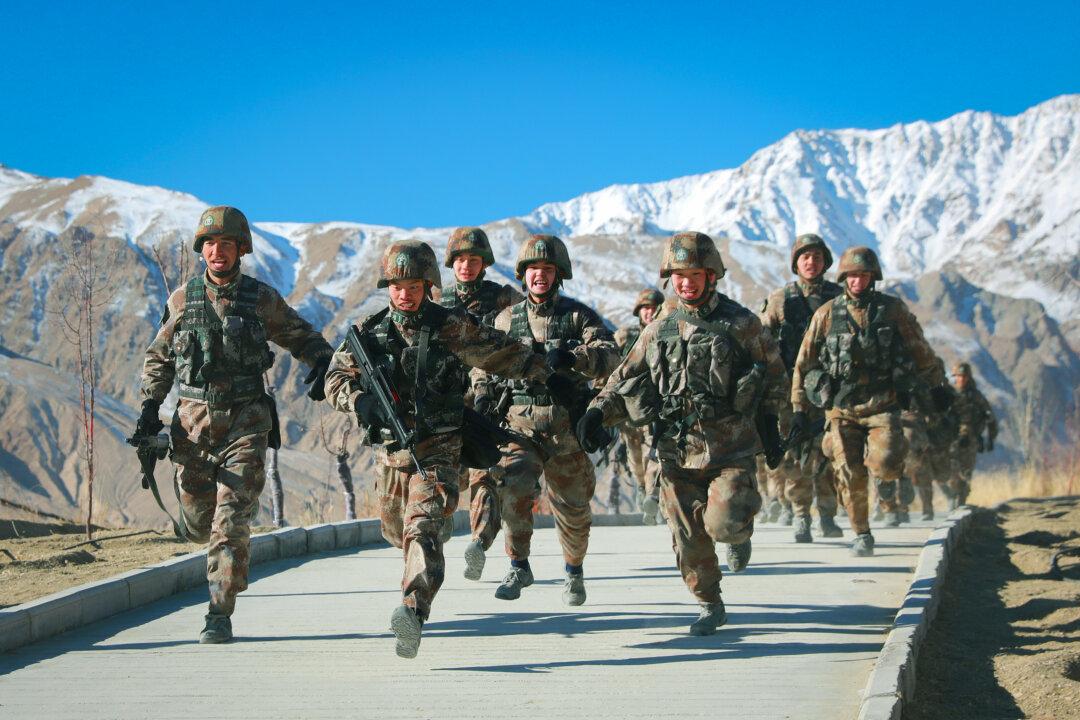NEW DELHI–Since the bloody clash between Indian and Chinese soldiers in the remote Galwan region of the Himalayas in 2020, border tensions between the two neighbors have shown little sign of easing.
The decades-long border dispute finds its roots in the Chinese regime’s first leader Mao Zedong’s conquest designs in western regions of Xinjiang and Tibet, according to a leading historian on the issue.





